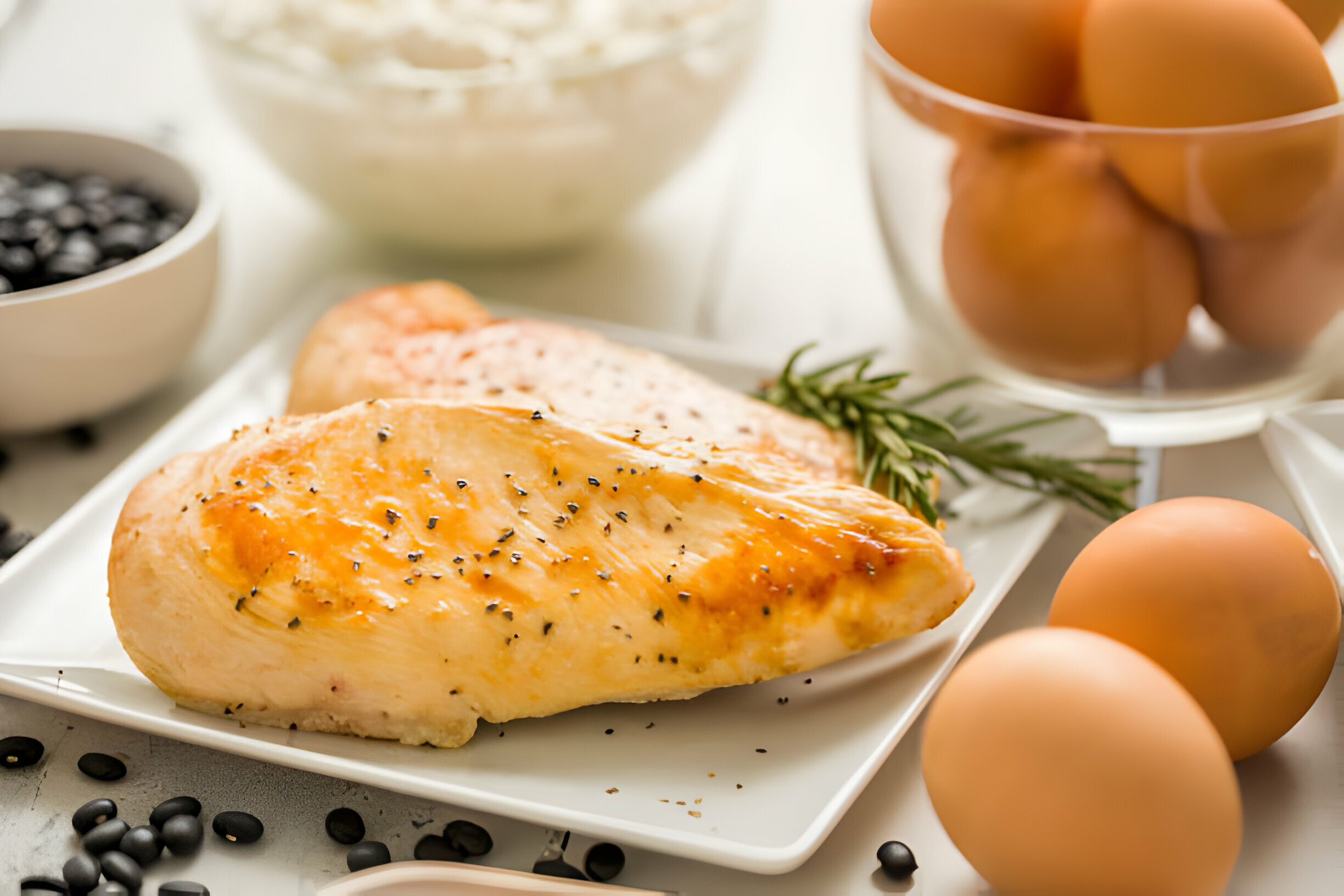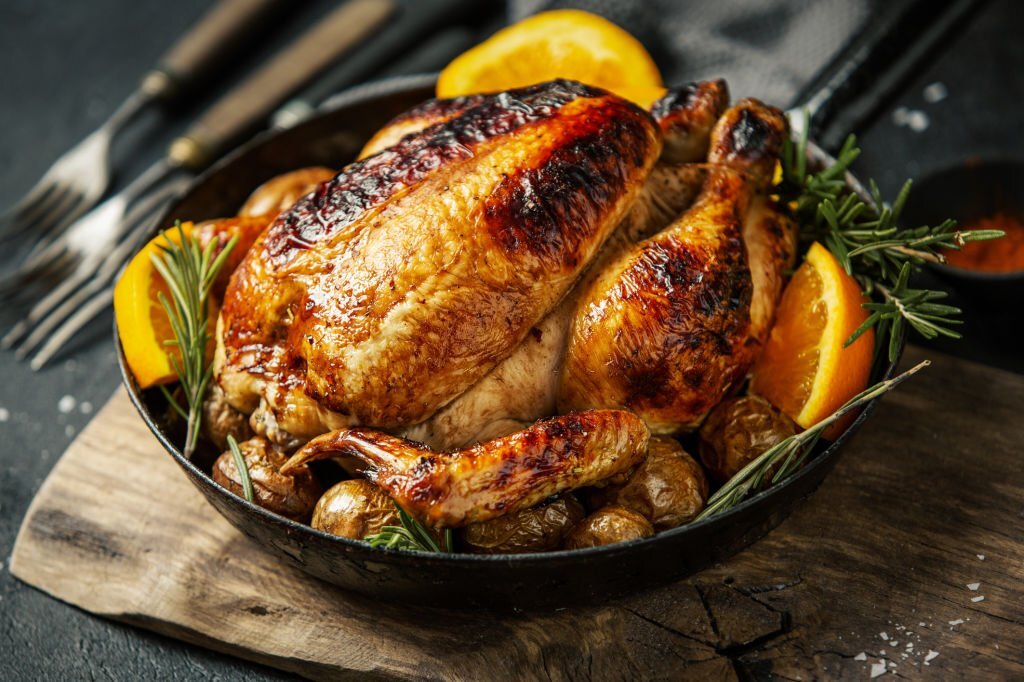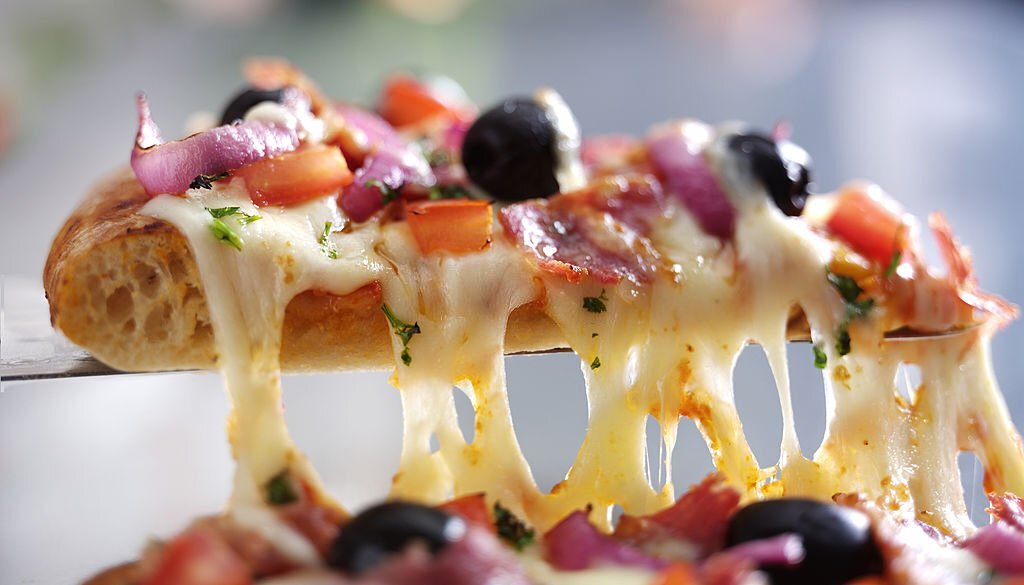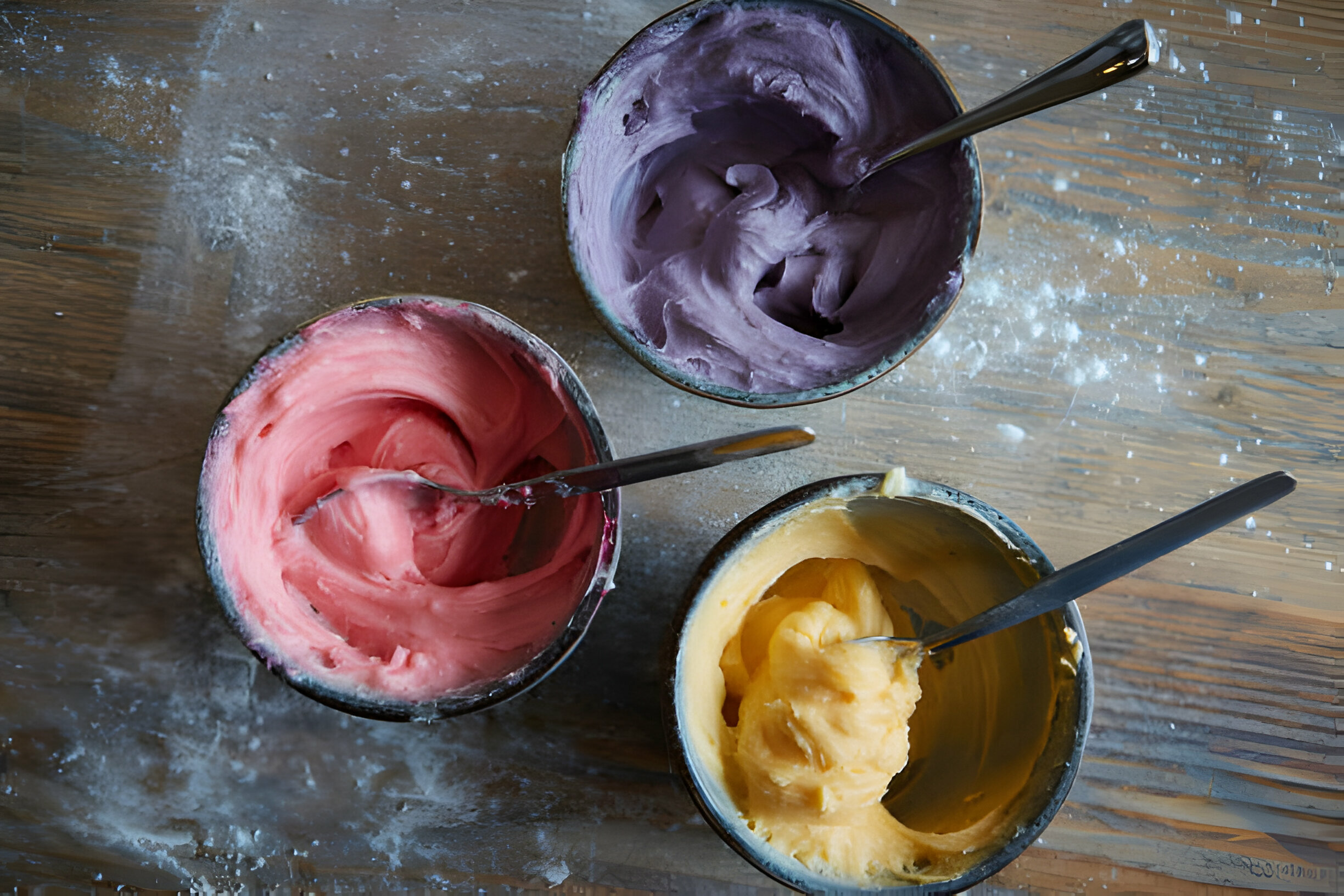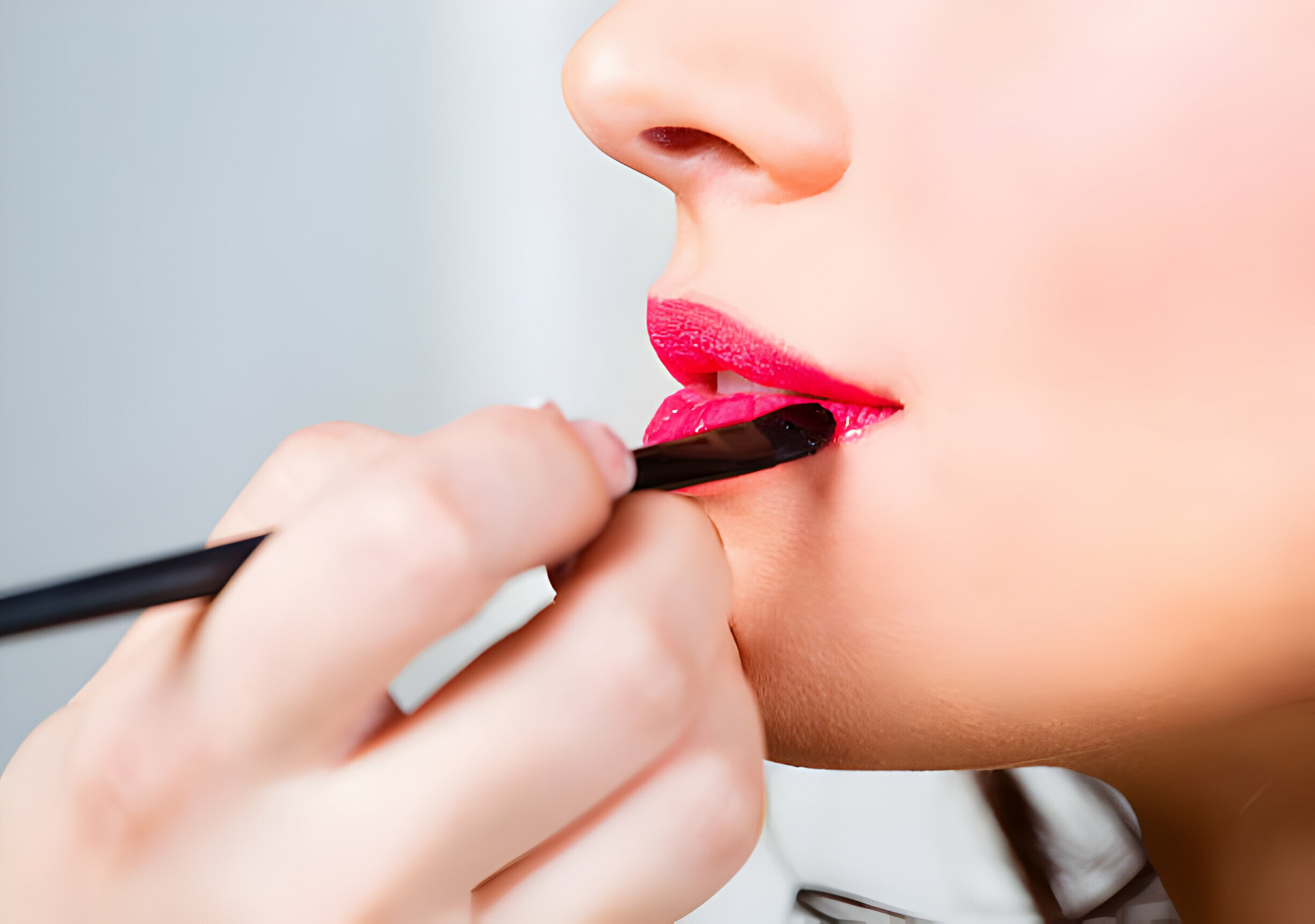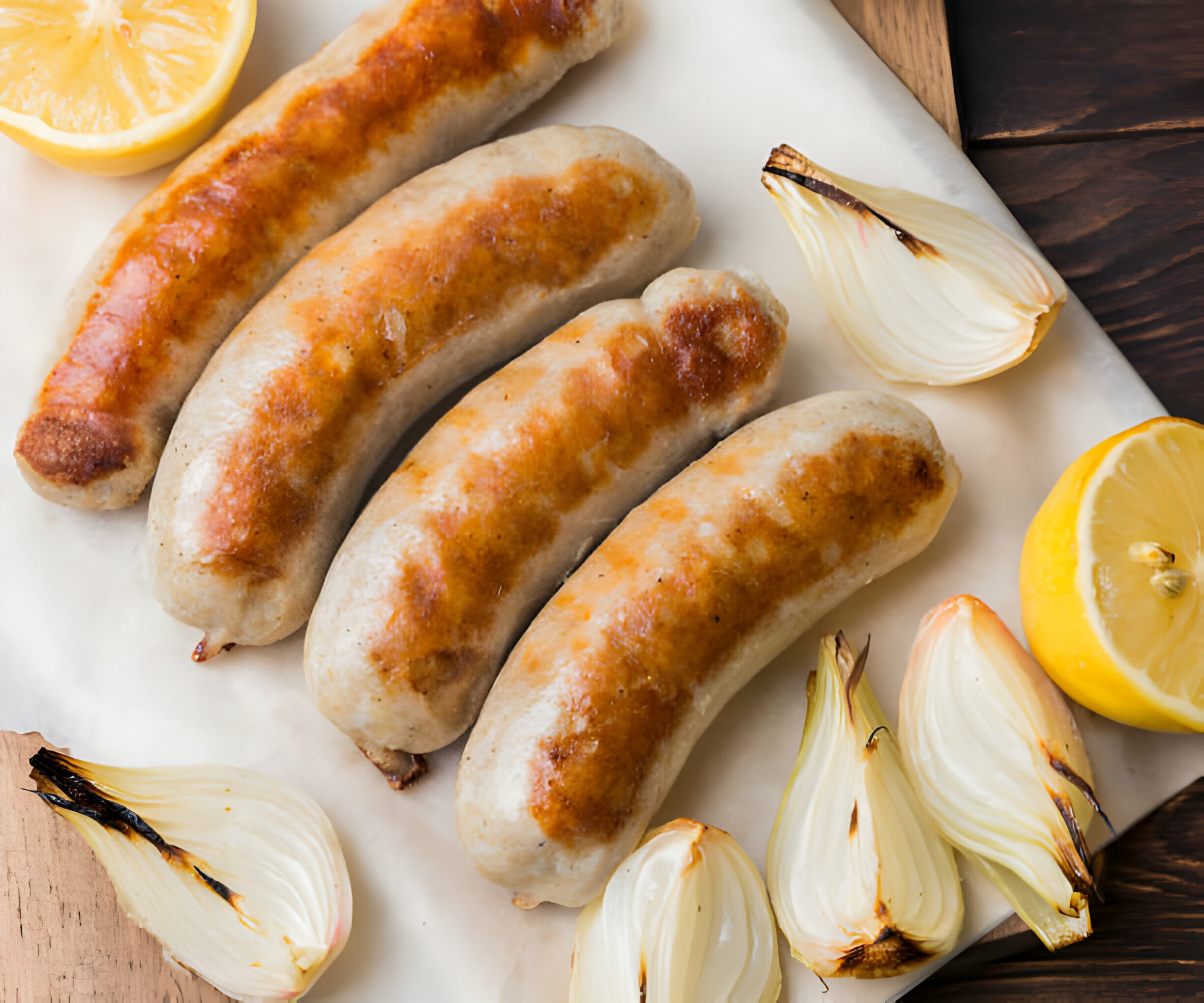How Long To Bake Thin Chicken Breast?
The cooking time is crucial when preparing a delicious and tender chicken breast. This is especially true when dealing with thin chicken breast, as it can quickly become dry and overcooked if not appropriately handled. This article will explore how long to bake thin chicken breast, providing the essential information to achieve perfectly cooked results every time. From understanding the characteristics of lean chicken breast to discussing the factors that affect cooking time, we’ll cover everything you need to know to ensure a flavorful and juicy outcome. Whether you’re a seasoned home cook or just starting, mastering the art of baking thin chicken breast will elevate your culinary skills.
Understanding Thin Chicken Breast
Thin chicken breast refers to chicken breast cuts that are relatively slim in thickness compared to their larger counterparts. These cuts are typically less than one inch thick and require special attention during the cooking process to prevent them from drying out. One characteristic of thin chicken breast is its quick cooking time. Due to its reduced thickness, thin chicken breast cooks faster than thicker cuts. However, this also means there is a higher risk of overcooking if not monitored closely. Additionally, lean chicken breast tends to have less fat and connective tissue, making it more prone to becoming dry and tough if not cooked properly. Understanding these characteristics is crucial for perfectly cooked, tender, thin chicken breast.
Factors Affecting Cooking Time
Several factors can influence the cooking time of thin chicken breast. Understanding these factors is essential to ensure the chicken breast is cooked perfectly. Here are the key factors that can affect the cooking time:
Thickness of the chicken breast
The thickness of the chicken breast is a crucial factor in determining the cooking time. Thinner chicken breasts will cook more quickly than thicker ones. It is essential to measure the thickness of the chicken breast accurately before cooking to adjust the cooking time accordingly.
Oven temperature
The temperature at which you bake the thin chicken breast significantly determines the cooking time. Generally, a higher oven temperature, around 400°F (200°C), is recommended for lean chicken breast. This higher temperature promotes browning and helps to cook the chicken breast quickly and evenly.
Cooking method
The cooking method you choose can influence the cooking time as well. Traditional conventional ovens and convection ovens may have slightly different cooking times. Convection ovens, which circulate hot air, tend to cook food more quickly. Therefore, if using a convection oven, you may need to reduce the cooking time slightly compared to a conventional oven.
Preheating the oven
Preheating the oven is crucial for achieving consistent and accurate cooking times. Preheat your oven to the desired temperature before placing the thin chicken breast inside. This ensures that the chicken starts cooking immediately and prevents any uneven cooking.
Bone-in versus boneless chicken breast
The presence of bones in the chicken breast can affect the cooking time. Bone-in chicken breasts may require slightly longer cooking times compared to boneless ones due to the additional mass and density of the bones. If using bone-in-thin chicken breast, it is recommended to increase the cooking time slightly to ensure that the meat around the bones is fully cooked.
Adjusting cooking time for thin chicken breasts can ensure tenderness, flavor, and cooking. However, individual oven and breast thickness variations may necessitate experimentation to find the ideal cooking time for your specific circumstances.
How Long To Bake Thin Chicken Breast?
When baking thin chicken breast, following the recommended cooking time and temperature is essential to ensure it cooks evenly without drying out. Generally, it is recommended to bake thin chicken breast at a higher temperature to promote browning and to cook the chicken quickly. A temperature of 400°F (200°C) is commonly used for baking thin chicken breast.
The chicken breast will cook at this temperature in about 15-20 minutes. However, it’s important to note that the exact cooking time can vary depending on factors such as the thickness of the chicken breast and the individual oven’s performance. To ensure that the chicken breast is cooked thoroughly, it’s always advisable to use a meat thermometer. Insert the thermometer into the thickest part of the chicken breast, and it should register at least 165°F (74°C) when fully cooked.
Tips For Baking Thin Chicken Breast
When baking thin chicken breast, following specific tips and techniques is essential to ensure it turns out moist, tender, and flavorful. Here are some detailed steps and tips to help you bake thin chicken breast to perfection:
- Thaw the chicken breast properly: If using frozen chicken breast, thaw it completely before baking. Thawing in the refrigerator overnight is the safest method. This ensures even cooking and helps to prevent the chicken from drying out.
- Season and marinate: Before baking, season the thin chicken breast with your preferred herbs, spices, and seasonings. You can also marinate it for added flavor and moisture. Allow the chicken breast to marinate in the refrigerator for at least 30 minutes or overnight for more intense flavor.
- Preheat the oven: Preheating the oven to the recommended temperature is crucial for consistent cooking. Set your oven to 400°F (200°C) or as per the recipe instructions and allow it to fully preheat before placing the chicken breast inside.
- Choose the suitable baking dish or sheet pan: Use a baking dish or sheet pan that is appropriately sized for the thin chicken breast. Ensure that the dish or pan has enough space for air circulation around the chicken. This helps to promote even cooking and browning.
- Add moisture to prevent drying: Thin chicken breast tends to dry during baking. To prevent this, you can add moisture to the baking dish. This can be done by adding a small amount of chicken broth, water, or a marinade to the bottom of the dish. You can also cover the chicken breast with foil or a lid during the initial stages of baking to trap steam and keep it moist.
- Avoid overcooking: Thin chicken breast cooks relatively quickly, so it’s essential to keep a close eye on it to avoid overcooking. Check for doneness around the recommended cooking time. The chicken breast is cooked through when it reaches an internal temperature of 165°F (74°C) as measured by a meat thermometer inserted into the thickest part of the meat.
- Ensure even cooking: To ensure even cooking; you can flip the chicken breast halfway through the baking process. This helps to brown both sides evenly and promotes a more uniform cooking result.
Recipe Ideas for Baked Thin Chicken Breast
When baking thin chicken breast, numerous recipe ideas can elevate its flavor and make it a delicious meal on its own or as part of a larger dish. Here are a few recipe ideas to inspire your culinary creations:
Herb-Roasted Thin Chicken Breast:
- Season the thin chicken breast with dried herbs like thyme, rosemary, oregano, salt, pepper, and garlic powder.
Drizzle olive oil over the chicken breast to keep it moist. - Bake in a preheated oven at 400°F (200°C) for about 15-20 minutes or until the chicken reaches an internal temperature of 165°F (74°C).
Lemon and Garlic-Infused Thin Chicken Breast:
- Create a marinade by combining freshly squeezed lemon juice, minced garlic, olive oil, salt, pepper, and a pinch of dried herbs like parsley or thyme.
- Marinate the chicken breast in the mixture for at least 30 minutes or overnight in the refrigerator.
- Bake in a preheated oven at 400°F (200°C) for approximately 15-20 minutes or until the chicken is fully cooked.
Parmesan-Crusted Thin Chicken Breast:
- Mix grated Parmesan cheese with breadcrumbs, dried Italian herbs, garlic powder, salt, and pepper in a shallow bowl.
- Dip the thin chicken breast into the beaten egg, allowing any excess to drip off, and then coat it with the Parmesan breadcrumb mixture.
- Place the coated chicken breast on a baking sheet and bake in a preheated oven at 400°F (200°C) for 15-20 minutes or until golden and cooked.
FAQs
What Is The Difference Between Thin-Sliced Chicken Breasts And Chicken Cutlets?
Thinly sliced chicken breast is sliced thinly, often used for quick-cooking methods like stir-frying or sautéing. In contrast, chicken cutlets refer to thin, boneless chicken breast pieces pounded to an even thickness, commonly used for breading, frying, or baking.
How Much Protein Is There In A Chicken Cutlet?
The amount of protein in a chicken cutlet can vary depending on the size and weight, but on average, a chicken cutlet contains approximately 30 grams of protein.
How Do You Know When Thin Sliced Chicken Breast Is Done?
To determine when thinly sliced chicken breast is done, use a meat thermometer to ensure the internal temperature reaches 165°F (74°C).
What Is The Best Way To Reheat Thinly Sliced Chicken Breast?
The best way to reheat thinly sliced chicken breast is to use the oven or toaster oven. Place the chicken on a baking sheet, cover it with foil to prevent drying, and reheat at a low temperature (around 275°F or 135°C) until heated.
Conclusion
Baking thin chicken breast requires careful attention to ensure it cooks evenly and stays moist. You can achieve perfectly cooked results by understanding the characteristics of lean chicken breast and considering factors such as thickness, temperature, and cooking methods. Following the recommended steps, seasoning or marinating the chicken, preheating the oven, and monitoring the cooking time is crucial. Exploring recipe ideas can add flavor and variety to your baked thin chicken breast. With these tips and techniques, you can confidently create delicious, tender, thin chicken breast dishes that impress you.
Claire Lower
Claire is LiveandFeel Senior Food Editor. She has a BS in chemistry, a decade of food journalism experience, and a deep love for mayonnaise and MSG. As a Senior Food & Beverage Writer for liveandfeel, where I generate exciting content covering topics such as culinary trends, recipes, and perhaps even health and wellness aspects related to food. that not only informs but also captivates a sizable audience.

